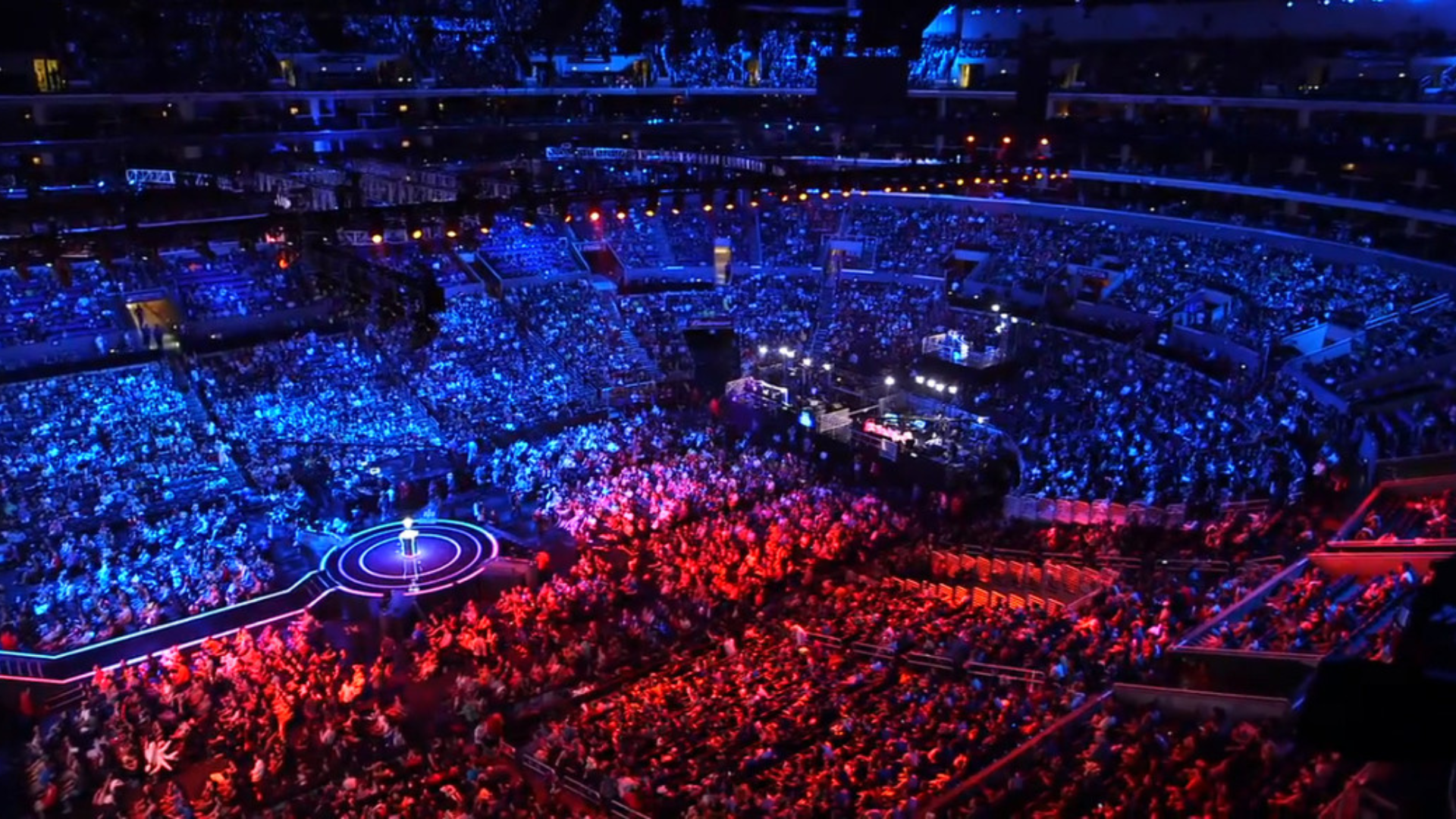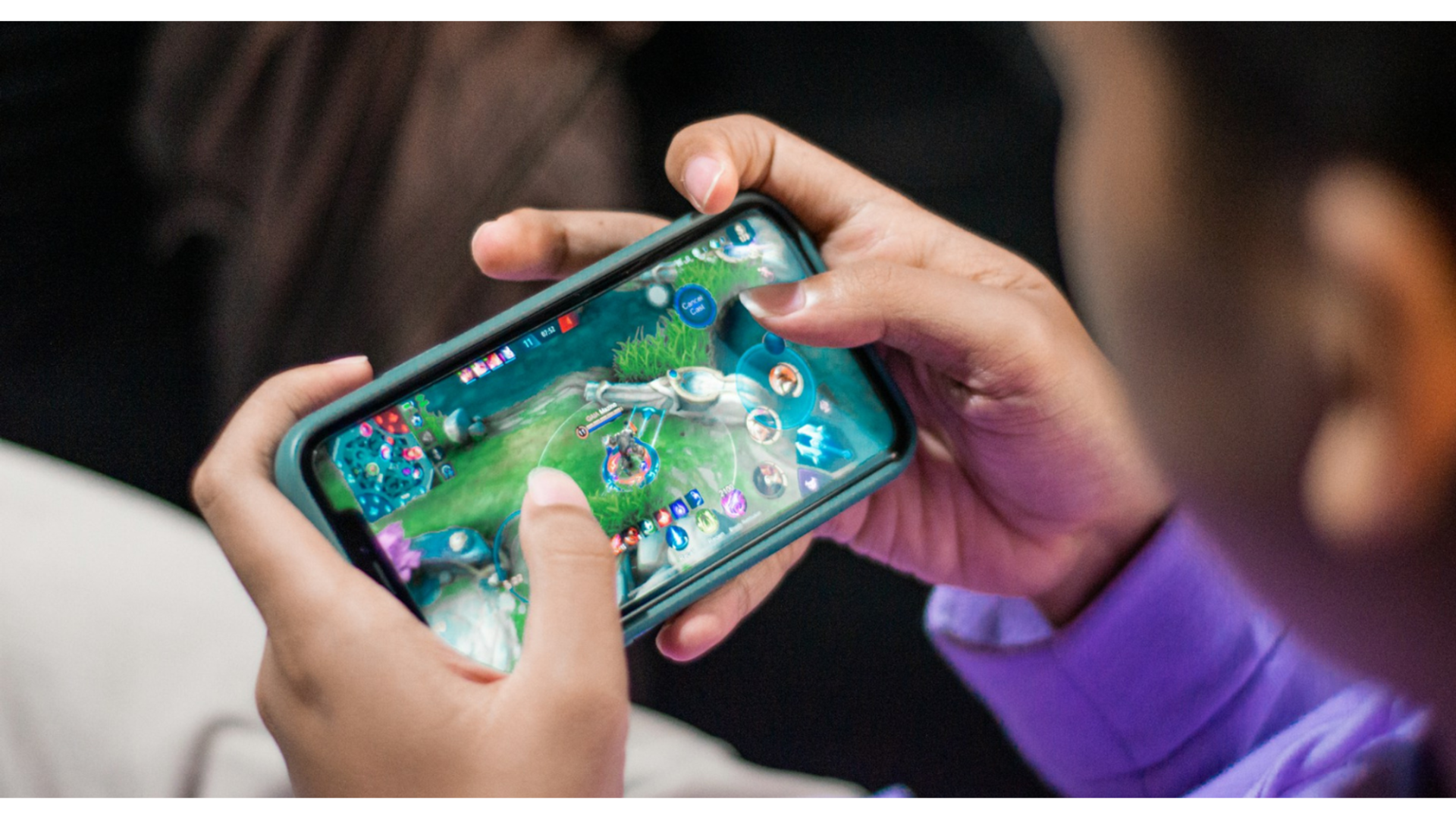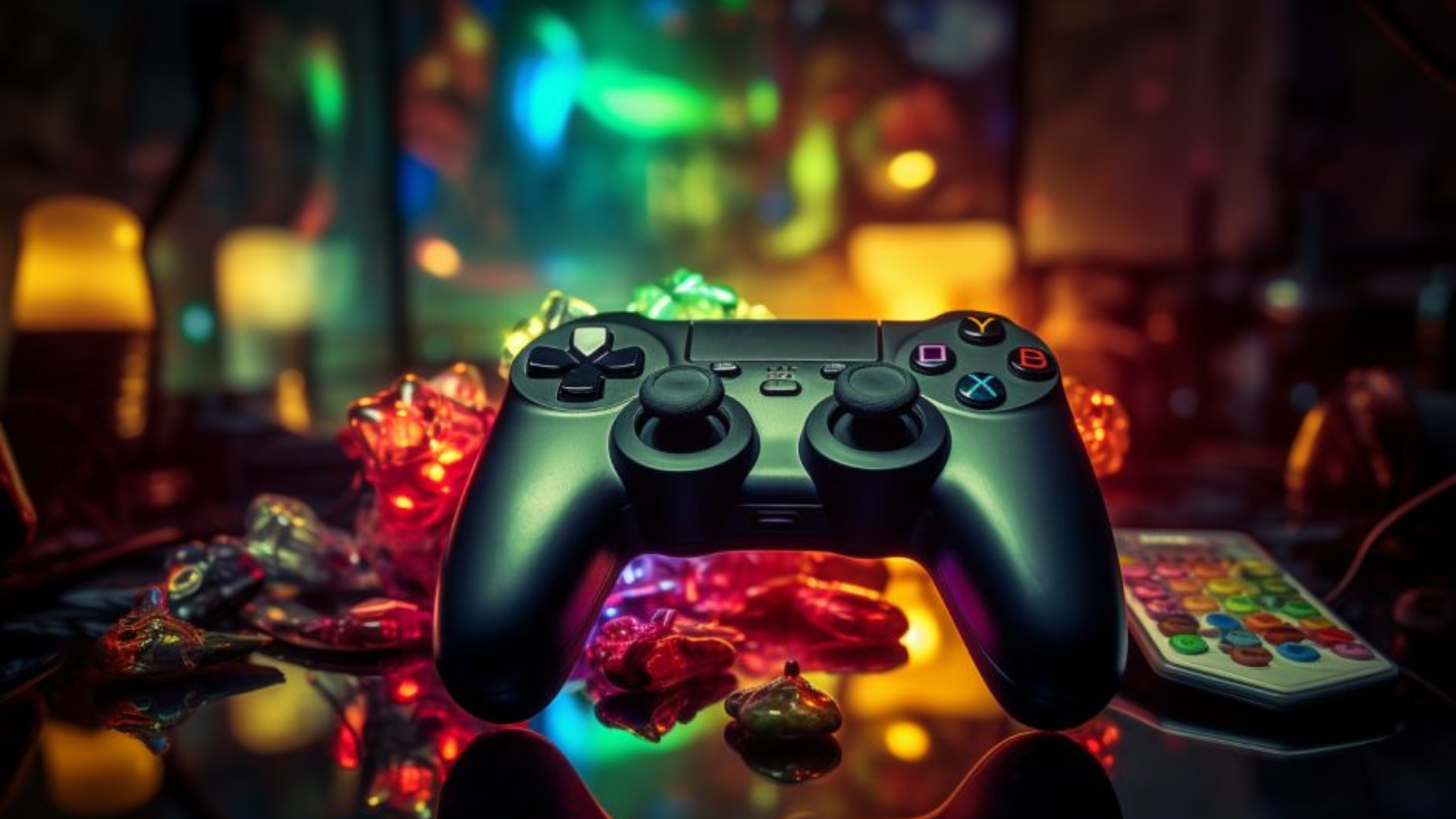Teamfight Tactics (TFT) continues to captivate gamers with its unique blend of strategy, planning, and adaptability. In Set 13, the game introduces new mechanics, champions, and traits, making it a thrilling challenge for both new and experienced players. If you’re looking to climb the ranked ladder in TFT Set 13, understanding the core strategies and staying ahead of the meta is crucial. This guide will help you master TFT Set 13 with tips, strategies, and advice to improve your chances of success.
1. Understanding the Meta in Set 13

The meta in TFT changes with each set, and Set 13 is no exception. In order to climb the ranked ladder effectively, it’s important to understand the current meta—this includes the most viable traits, champions, and itemization strategies that are performing well. Each patch in TFT may slightly shift the meta, so staying updated with patch notes, pro-player strategies, and community discussions is key to maintaining an edge.
Tip: Follow top-tier players and influencers within the TFT community, watch professional streams, and read guides to understand which traits and champions are dominating the meta.
2. Adaptability is Key
TFT is a game of adaptability, where you need to adjust your strategy based on what’s happening in the game. A good TFT player knows when to pivot and when to stick to a strategy. Whether you start with a strong item or weak units, the key is to adapt and make the best of what the game gives you.
Tip: Always scout the board early and see what other players are building. If multiple players are aiming for the same composition, it might be worth considering pivoting to something else to avoid a contested champion pool.

3. Optimize Your Economy
In TFT, managing your economy (gold) is one of the most important aspects of the game. Getting the right balance between saving and spending can make or break your match. The goal is to build up a strong economy early on while ensuring that your team can stay competitive.
Key Tips for Managing Economy:
- Loose streaking: If you’re losing early, don’t be afraid to allow yourself to lose a few rounds in order to build up your gold for interest. This will give you the flexibility to hit level 5 or 6 and get better champions.
- Win streaking: If you’re winning early, try to maintain a win streak and focus on keeping your team strong, but don’t over-commit to leveling up early unless your comp is solid.
Tip: Aim for a “50 gold” threshold at Level 5 or 6. This allows you to maximize your interest and provide a stable foundation for the mid-game.

4. Positioning Matters
TFT is not only about building the strongest composition but also about positioning your champions in a way that maximizes their effectiveness. In Set 13, this is especially crucial as many champions rely on positioning to utilize their abilities effectively.
Key Positioning Tips:
- Tanks in front: Place your tankiest champions at the front to absorb damage and protect your carry units.
- Carry at the back: Keep your damage dealers or “carry” champions protected at the back, where they can dish out damage without taking hits.
- Consider targeting: Some units, like assassins, jump to the backline and can easily target your squishy champions. Be mindful of how to position your carries and backline units to avoid being caught out.
Tip: Positioning should be adjusted each round based on your opponent’s setup. Make sure to scout and react accordingly.
5. Know Which Items to Prioritize
In TFT Set 13, items can be a game-changer, especially when combined with certain champions or traits. Understanding which items are most beneficial for your chosen champions is critical for optimizing your team’s damage output and survivability.
General Itemization Tips:
- Carry items: Items like Rabadon’s Deathcap, Infinity Edge, and Giant Slayer are usually best placed on your main damage dealer. Make sure to prioritize these items if you are aiming for a strong carry.
- Tank items: Dragon’s Claw, Frozen Heart, and Sunfire Aegis are great on tanks to increase survivability.
- Flexible items: Items like Zz’Rot Portal and Redemption can be good for units in different compositions, providing sustainability or added utility.
Tip: Be mindful of what items other players are building. If you have an excess of a certain item (such as a spare B.F. Sword), consider pivoting your build toward that item or champion.
6. Scout and React
Scouting your opponents in TFT Set 13 is essential, especially in the mid-to-late game. In the late stages of the game, positioning and countering your opponent’s compositions become more important than ever. Take a moment to observe what other players are building and what units they are using.
Why Scouting Helps:
- Countering strong units: If you notice an enemy has a strong carry or tank, try to position your team or select items that can counter them.
- Avoiding contested units: If multiple players are going for the same comp, pivoting to a new strategy can help you gain a higher chance of success.
- Leveling up strategically: Based on your scout, decide when it’s best to level up your board. You don’t want to rush to level 8 too soon if you’re not in a strong position.
Tip: Scouting should be done in every round from mid-game onward. It can help you plan your next steps, whether it’s positioning, item placement, or pivoting to a new comp.
7. Compositions to Look Out For
While every player has their own style, certain compositions are consistently strong in TFT Set 13. Depending on the current patch, some compositions may be stronger than others. Here are a few examples of top-tier comps:
- Sivir or Jhin carry comps: With the right traits and items, Sivir or Jhin can be deadly. These champions often thrive when paired with strong items like Guinsoo’s Rageblade and The Collector.
- Tank-heavy compositions: Tanks like Leona or Sejuani can be incredibly effective when paired with items like Dragon’s Claw or Warmog’s Armor to absorb tons of damage.
- Assassin comps: Assassins are great for quick bursts of damage and can be devastating when placed strategically.
Tip: Stay flexible. If your first composition isn’t working, be ready to pivot to a new one based on the champions and items you have.
8. Leveling Strategy
Leveling up is a critical part of TFT, and there are strategies for how to approach it. In Set 13, you’ll want to balance the use of gold for leveling with the need to improve your board. Early on, you should focus on getting level 4 to get more units in play, then aim for Level 5 or 6 once you have a decent amount of gold to roll for better units.
Tip: Don’t rush to Level 7 or 8 too quickly. Leveling up too soon can leave you without enough gold to buy upgrades, roll for champions, or adapt to the game’s changing pace.

Conclusion
Climbing the ranked ladder in TFT Set 13 takes skill, strategy, and adaptability. Understanding the meta, managing your economy, prioritizing items, positioning your champions effectively, and scouting your opponents are all crucial for success. While luck plays a role in TFT, mastering these strategies will give you a significant advantage and help you consistently climb the ranks. Stay flexible, react to what the game gives you, and keep practicing!
For more detailed guides and updates on TFT, check out UrbanOft.
For more updates on TFT Set 13, visit Official TFT Page – Riot Games




